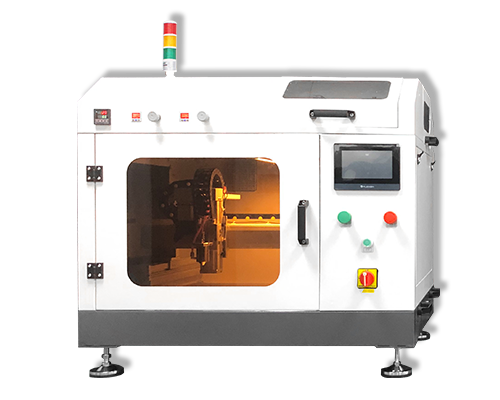Ultrasonic Spraying For The Fabrication Of SOFC
Ultrasonic Spraying For The Fabrication Of SOFC – Cheersonic
Fuel Cells are electrochemical devices that are able to directly convert chemical energy to electrical energy, without any Carnot limitation. Hence, their energy efficiencies are relatively high. Among the various types of fuel cells, solid oxide fuel cells (SOFC) are operated at high temperatures and in principle can run on various fuels such as natural gas and hydrogen. At present, conventional SOFC are operated with pure hydrogen or partially to fully reformed natural gas implying an efficiency penalty. How can we improve the efficiency of SOFC, ultrasonic coating is an efficient and cost effective method.
Cheersonic ultrasonic coating systems suitable for R & D, small and medium-sized batch production. It produce highly durable, uniform, coatings of carbon-based catalyst inks onto both fuel cell and electrolysis processes for proton exchange membrane (PEM) electrolyzers such as Nafion, without deformation of the membrane. Cheersonic has developed coating processes that prvide excellent results with durable, pinhole-free coatings.And because the equipment has the advantage of extremely high liquid utilization, it can greatly reduce research and production costs.
The advantages of Cheersonic ultrasonic coating systems include the following:
1.Highly controllable spray that produces reliable, consistent results.
2.Ultra-low flow rate capabilities, intermittent or continuous.
3.Ultrasonic vibrations continuously break up agglomerated particles and keep them evenly dispersed; maximizing platinum utilization.
4.Corrosion-resistant titanium and stainless steel construction
5.The self-cleaning function of the ultrasonic nozzle prevents clogging.
6.The platform takes up less space.
7.Up to 80% reduction in material consumption with reduced overspray, conserving expensive catalyst inks.
8.The particle diameter is optional which can more flexibly affect the through-hole property of the coating
